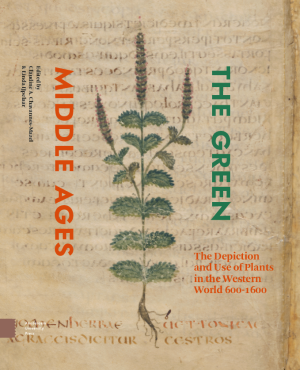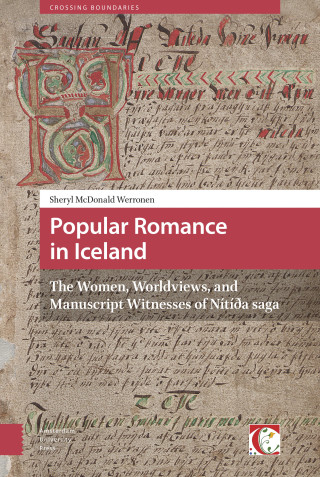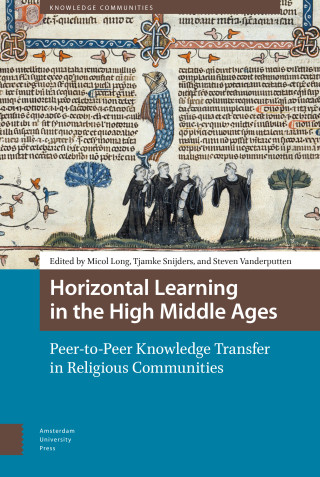Claudine Chavannes-Mazel
Claudine Chavannes-Mazel (1949) studied Art History and Palaeography/Codicology at Leiden University and earned her Ph.D in 1988. Her dissertation topic was the richly illustrated fourteenth-century encyclopaedia, Le Miroir historial that was made for the dauphin of France and is now kept in the Leiden University Library. From 1977-1983, she was part-time teacher of Manuscript Studies and Art History at the Tiele Academy in The Hague (now The Hague University of Applied Sciences). Except for an interval of four years doing research in London, she taught Medieval Art History at the University of Leiden (1979-1983, 1987-1993). In 1993, she was appointed Professor of Medieval Art History at the University of Amsterdam. She has had emeritus status since 2014.





